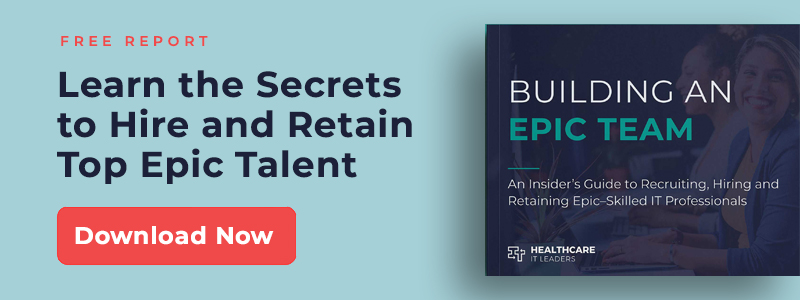Make Epic Work Smarter, Not Harder to Improve Provider Efficiency

“Why do I have to add the vitals to my note if I already documented them?”
“I ordered and documented a procedure; why doesn’t the system know the charge?”
As an Epic builder, I hear a lot of complaints, like those above, from providers who want to know why so much data entry is required to justify billing.
I understand their frustration. But I also know Epic is capable of working smarter instead of making doctors work harder. As builders, we should focus on making it simpler to document and find important information in the system.
Enhancing the Encounter Summary
One place to start is the Encounter Summary report. With a little extra work, the Encounter Summary can replace the Progress Note as the source of truth for Coding and Compliance. Anything that’s done in the encounter can be displayed in the Encounter Summary without being added to the note (reducing the dreaded “note bloat”).
For example, we can include a full surgical history print group, automatically, just like we put a SmartLink in the note. In the Encounter Summary, however, we can set it up so that the surgical history is only displayed if someone clicked Mark as Reviewed – giving providers more control over what’s in the documentation, and giving Coding and Compliance more transparency around what the providers did during the encounter. I call this “Dynamic Content.”
If we really want to get Providers to buy in, though, we can’t stop with the Encounter Summary. Just like the progress notes of the past, an Encounter Summary that shows everything will be too much to quickly review for pertinent information, and providers don’t use their notes just for billing and coding. We need to make sure they can easily do two things: communicate their findings and review documentation from previous encounters.
Make Visit Information Easy to Review
The review piece can be accomplished by either using a different Encounter Summary for users and Coding and Compliance, or by adding a few print groups to the Notes report in Chart Review. Vitals, meds, allergies, and the problem list are a great place to start. Depending on the specialty, you might also include some flowsheets or forms completed in the encounter. The goal is to give providers a concise summary of the visit in a format that’s easy to review quickly.
Communication is a little bit harder, but here we have the luxury of presenting multiple options. Reports can be attached to outgoing communications, giving providers the option to include the full Encounter Summary report or a more concise Notes report. We can also create a SmartList with various pieces of documentation that a provider can quickly add to the text of the communication.
These options make life easier for providers, but it’s not possible without buy-in from Coding and Compliance. Which is more compliant: A note that pulls in a bunch of information automatically without any interaction, or a report that only pulls in information that was acted upon? Reducing note bloat also reduces the risk of conflicting documentation; imagine a new medication order that doesn’t get included in the Progress Note because the SmartLinks aren’t refreshed before signing. Once Coding and Compliance understands the benefits, they can actually be the strongest advocates for this change.
Over the last few years, Epic has made a lot of progress in simplifying documentation, making parts of the documentation collapsible, and improving the layout of print groups. Now, it’s on us builders to make the most of what’s available. We can continue to reinforce the status quo – or we can make the system work smarter and reduce risk while improving the lives of users and patients.
Owen Phelps is a certified Senior Epic Consultant with 10+ years of experience, specializing in EpicCare Ambulatory build and optimization.
